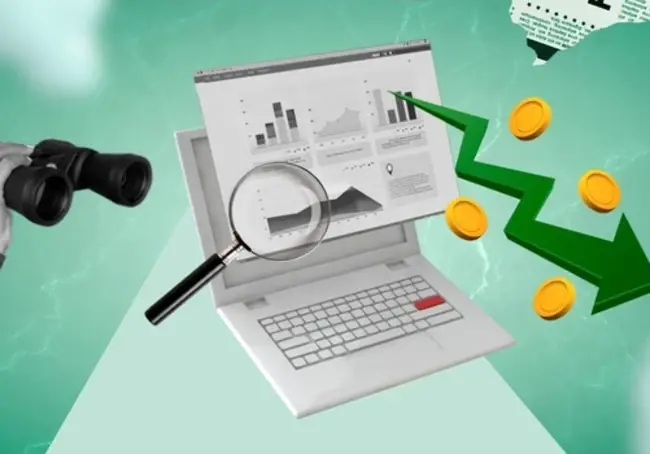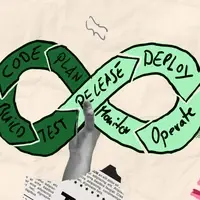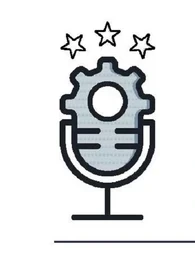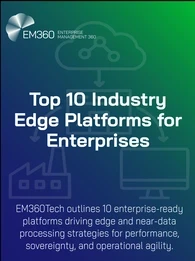
Observability has traditionally been built on three core telemetry pillars — logs, metrics, and traces — each providing critical insights into how applications behave in production. However, as modern systems become increasingly complex, dynamic, and performance-sensitive, these pillars alone are no longer enough for deep insights into runtime behaviour. Enter continuous profiling — emerging as the “fourth pillar” of observability.
The Limitations of the Traditional Three Pillars
Metrics tell you what changed.
Logs tell you what happened.
Traces tell you where time was spent across services.
What they don’t tell you is why resources are being consumed inefficiently within your process, especially down to code-level details over time. Performance regressions caused by CPU hot spots, memory leaks, thread contention, or inefficient code paths often go undetected until they cause latency spikes or outages.
What is Continuous Profiling?
Continuous profiling is the practice of collecting high-resolution data on CPU, memory, and other resource usage from production applications all the time, rather than ad hoc. Unlike traditional profilers (which are run manually in test environments), continuous profiling collects lightweight samples across distributed systems with minimal overhead — helping teams understand how code behaves in real-world environments.
Why Continuous Profiling Completes Observability
Pinpoints Code-Level Waste
Identifies inefficient functions, methods, and lines of code causing performance bottlenecks or excessive infrastructure spend.
Captures Temporal Change
Shows how performance evolves over time — uncovering regressions introduced by new releases or configuration changes.
Reduces MTTR (Mean Time to Resolution)
When alerts from metrics/traces fire, continuous profiles allow developers to jump straight to the problematic code without reproducing issues locally.
Bridges the Gap Between Dev and Ops
Developers get visibility into runtime behavior in production, while SREs get actionable data to optimize system performance.
Improves Cost Efficiency
By optimizing resource-intensive code paths, teams can reduce CPU usage and cloud infrastructure costs at scale.
Enabling Proactive, Performance-First Observability
Just as distributed tracing became a necessity in microservices environments, continuous profiling is becoming critical in cloud-native systems where performance problems can be subtle, intermittent, and expensive. With always-on profiling, teams move from reactive firefighting to proactive performance hygiene — optimizing before users are impacted.
Conclusion
Continuous profiling fills the most important missing piece in the observability puzzle: code-level visibility in production, over time. When combined with logs, metrics, and traces, it gives teams a unified, holistic understanding of application behavior — helping them deliver faster, more reliable, and cost-efficient software.












Comments ( 0 )